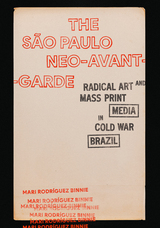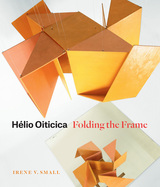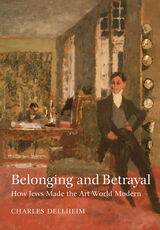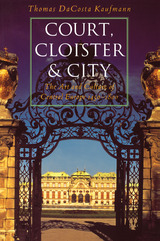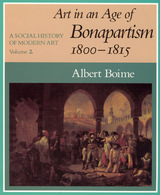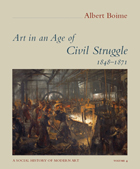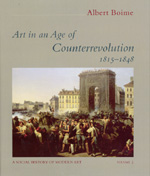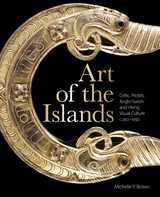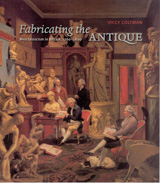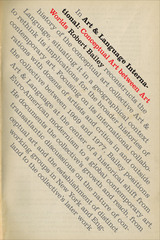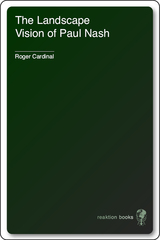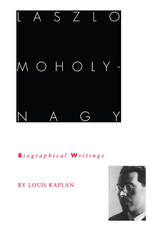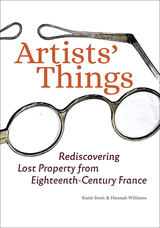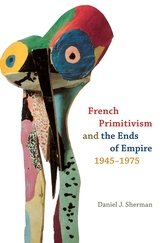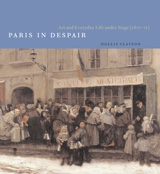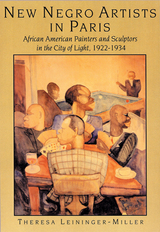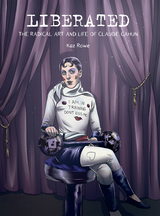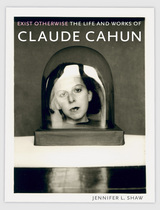Cloth: 978-0-674-20625-0
Library of Congress Classification N6767.5.V52J46 1992
Dewey Decimal Classification 709.4109034
The starting point for Richard Jenkyns’ latest work is his contention that the Victorian age, which we think of as the great age of Gothic, was so shot through with the influence of the classical past that we should instead think of Victorian art and architecture as the continuing flow of two stylistic streams—the Gothic and the classical, side by side. In advancing his argument Jenkyns turns our accepted notions of the Victorians upside down, presenting Ruskin as an admirer of Greek statuary, the Houses of Parliament as a classical rather than a Gothic composition, and Thomas Woolner, the only sculptor among the original Pre–Raphaelite brotherhood, as a neo–Hellenic carver and poet.
Jenkyns moves effortlessly between the general and the particular and is refreshingly unafraid to make judgments. Here are some of the best descriptions of Victorian painting, sculpture, and architecture to have appeared in recent years. From the very gradual changes throughout the paintings of Leighton and Alma–Tadema, to the operettas of Gilber Pater, and even the advertisements for Beecham's pills, Jenkyns shows how what had been merely eclectic became a distinctive fin-de-siècle style and eventually began to point the way for Modernism.
These are the grand themes, presented by a masterly guide. Above all Jenkyns is entertaining: Dignity and Decadence is one of the most illuminating and enjoyable books about the Victorians yet to appear.
See other books on: Art, British | Classical influences | Decadence | Dignity | Modern (late 19th Century to 1945)
See other titles from Harvard University Press

